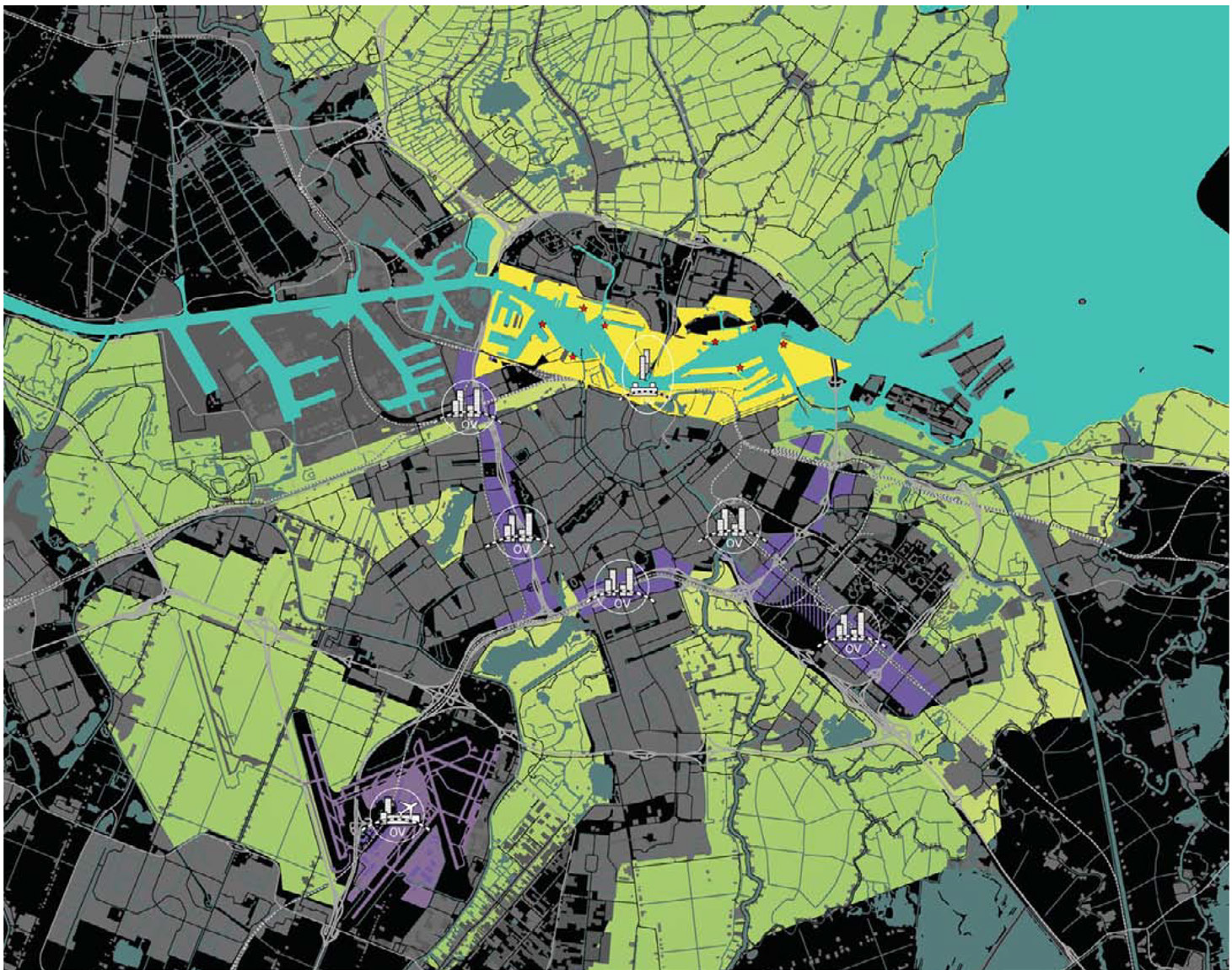Amsterdam’s stations in transition
Abstract
In contemporary mobile society, stations are becoming much more than just a place to get on and off trains or other modes of transport. Stations are places to work, do business, meet, shop and relax. They not only link different modes of transport at several levels (local, regional, national and international) but are also ‘urban’ connectors within the city and its surrounding region, as well as catalysts of urban transformation. A development or redevelopment project for a station can therefore also be used to promote high-quality architecture and the revitalization of city districts. The main goals are on the one hand finding an optimum mix of transport modalities for every situation and making the whole station complex as seamless as possible for the users, and on the other to address the need to rethink the ‘intermodal station’ as an urban place, as an attractive and liveable area with room for ‘innovative’ design solutions as well as development and redevelopment projects and densification. This means that a higher degree of flexibility must be incorporated, finding ways to deal with the often complicated governance structure inside and outside the station building and its surroundings.
How to Cite
Published
Issue
Section
License
Copyright (c) 2019 OverHolland

This work is licensed under a Creative Commons Attribution 4.0 International License.




